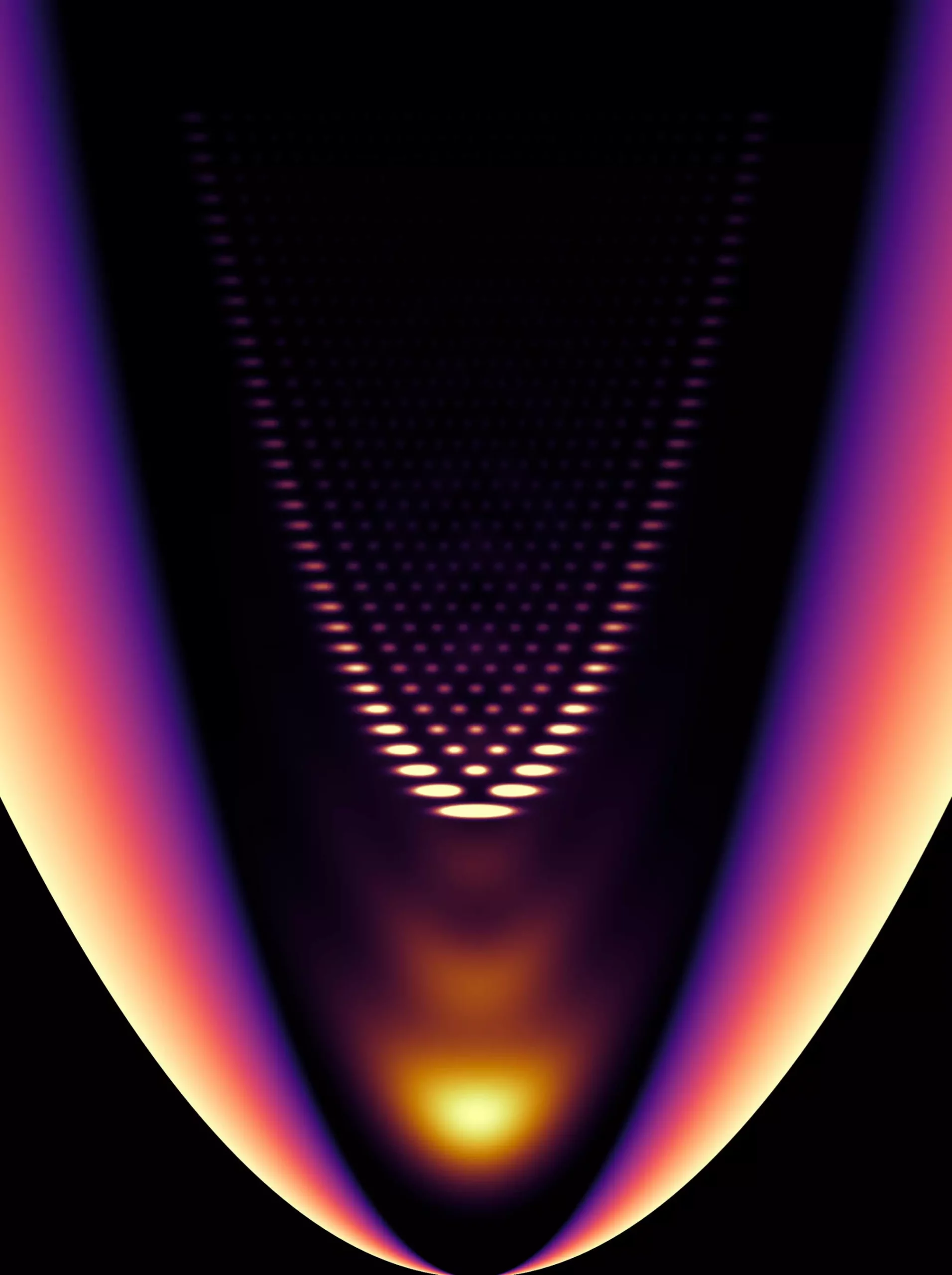Recent advancements in the field of quantum optics have ushered in a plethora of novel phenomena, one of which involves the innovative creation of a one-dimensional gas made purely of light. Physicists from the University of Bonn and the University of Kaiserslautern-Landau (RPTU) have undertaken ground-breaking research that not only paves the way for understanding the properties of light at a fundamental level but also tests theoretical predictions regarding the behavior of this exotic state of matter. Their findings, recently published in *Nature Physics*, explore how the behavior of light in restricted dimensions can yield intriguing interactions and effects, equivalent to those observed in familiar physical phenomena.
To grasp the essence of this new frontier in physics, consider the analogy of filling a swimming pool with water. When attempting to increase the water level with a garden hose, the results vary significantly based on the boundary conditions of the environment. If you fill a swimming pool, the water settles uniformly across the surface; however, if you direct the hose into a narrow gutter, the water forms a wave, heavily influenced by the gutter’s walls, thereby becoming increasingly “one-dimensional.” This analogy serves as a starting point to conceptualize how dimensionality impacts the behavior of photon gases.
In a similar vein, the researchers aimed to confine photons in a space, allowing for exploratory studies about how dimensionality influences quantum behaviors. Their experimental setup, which involved exciting a dye solution with a laser to facilitate photon creation, leveraged walls that reflected photons, thus trapping them for further observation.
Underpinning this remarkable achievement is a highly sophisticated method of controlling light within a confined area. According to Dr. Frank Vewinger of the Institute of Applied Physics, coaxing photons into these spaces necessitated both concentration and cooling—conditions that ultimately lead to the condensation of light into a gas-like state. This gas behaves differently depending on the dimensional configuration of its reflective container.
To enhance this effect, researchers collaborated with Prof. Dr. Georg von Freymann’s group, implementing a high-resolution structuring technique on the reflective surfaces within their experimental model. By applying transparent polymers with intricately designed micro-protrusions, they succeeded in directing and concentrating photons either in two dimensions or, more successfully, in one dimension. This process is conceptually comparable to channeling water into a gutter, where a narrower configuration heightens the characteristic wave behavior of the liquid.
A critical aspect of the researchers’ investigation involves examining phase transitions—those pivotal points at which a system alters its state. While in standard two-dimensional contexts, such transitions occur at precise temperatures (akin to the freezing point of water at 0 degrees Celsius), the situation dramatically shifts when moving to one-dimensional states. Vewinger and his team discovered that one-dimensional photon gases resist conforming to a clear condensation point. This revelation indicates that, unlike their two-dimensional counterparts, their properties and behaviors can become indeterminate.
Thermal fluctuations, which have negligible effects in two-dimensional systems, can dominate one-dimensional environments. This unpredictability disrupts the order within the gas, leading to varying behaviors in different regions—a phenomenon that can be conceptualized as “making waves” within the confines of quantum mechanics, where coherence becomes difficult to maintain.
The ability to explore the transition from two-dimensional to one-dimensional photon gases represents a significant milestone in basic research, laying the groundwork for future inquiry into quantum optical effects. The researchers’ findings implicate various potential applications, spanning areas such as quantum computing, advanced telecommunications, and innovative photonic devices. By fine-tuning polymer structures within their experimental setup, future studies could delve deeper into the nuances of dimensionality in photon gases, promising a more nuanced understanding of the principles governing our universe.
The ambitious endeavor of creating one-dimensional photon gases not only broadens the horizons of quantum physics but also highlights the intricate interplay between dimensions and the particles of light. The implications of this research extend beyond theoretical interest, offering potential applications that may enhance technology and deepen our understanding of the nature of reality itself. As researchers continue to decipher these complex interactions, we stand at the precipice of unveiling the profound mysteries of the quantum realm, with light serving as our guide.


Leave a Reply